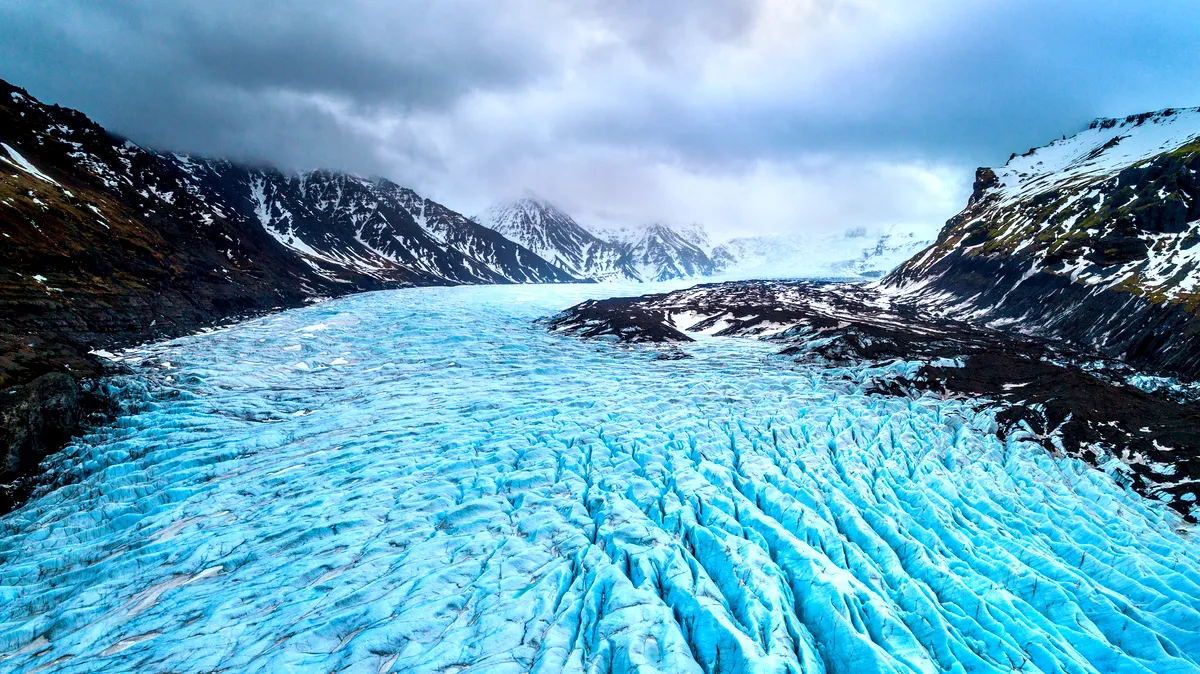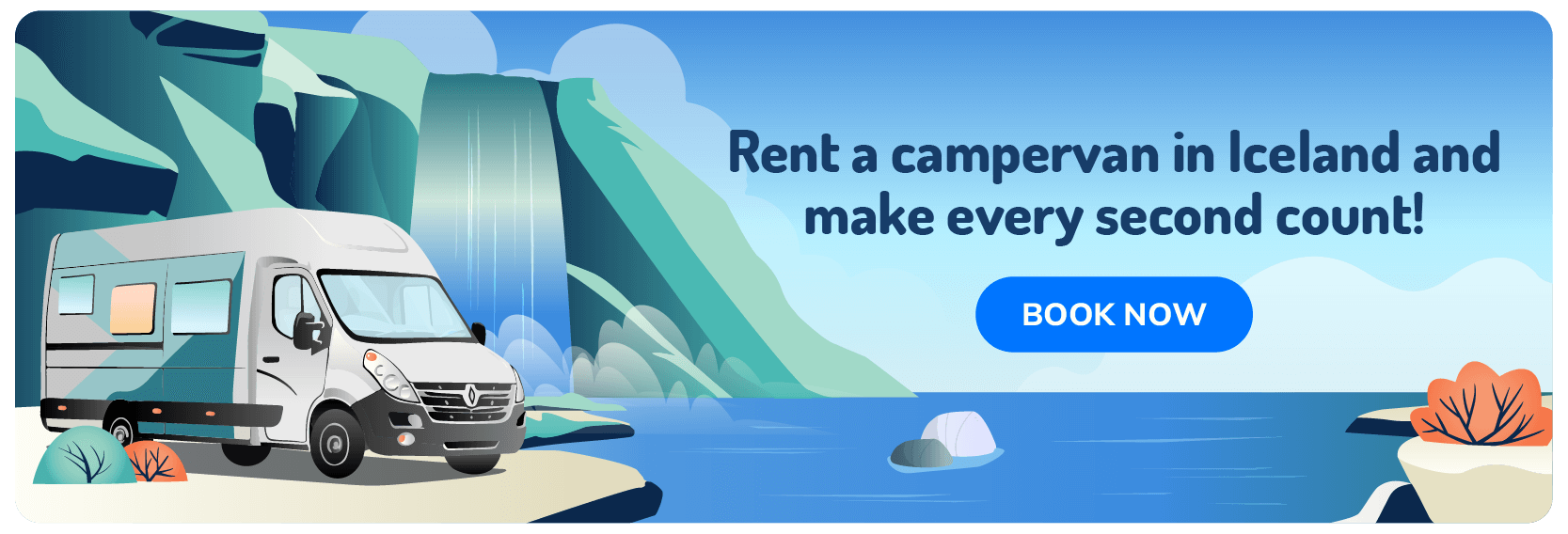One-half of being the Land of Fire and Ice is our incredible ice caps that can be found all over the island, one of which even has the official title as the largest in Europe. The glaciers in Iceland are incredibly significant, not only because of Iceland’s contrasting typography, their breathtaking beauty, or the various activities one can enjoy on them but also because of what the future holds for the entire world when they have melted away.
In this article, we do a deep dive into the glaciers in Iceland; the past, the present, and the future. We help you understand the importance of these incredible natural wonders and help you prep for a visit if you’ve got a trip planned to the island.
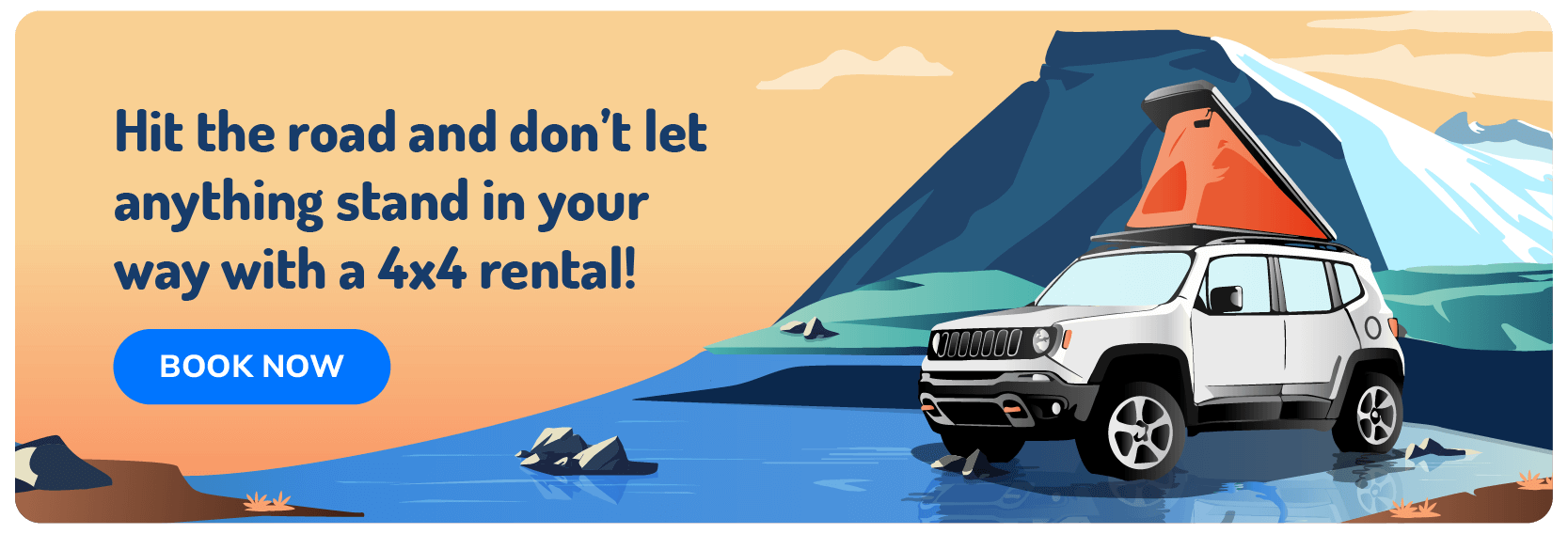
Glacial Tongues vs. Glaciers
The first thing we have to get out of the way is the fact that whenever you hear us talk about the glaciers in Iceland, the majority of the time, we are in the wrong. That’s because what we often refer to as glaciers are generally glacier tongues.
A glacier tongue is an icy extension of a glacier that often extends into a large body of water (similar to what you would envision when thinking of an octopus with its tentacles). Well, here in Iceland, our “octopus” is Vatnajökull, and all the rest are not really glaciers but rather glacier tongues extending from Vatnajökull.
Icebergs vs. Glaciers
Icebergs are also not glaciers. But, in many parts of the country, such as Jökulsarlon Glacier Lagoon, an Iceland iceberg is a part of a glacier that has broken off and is now either bobbing around in the water or washing onto the shore (of which Diamond Beach is a good example).
The Glaciers of Iceland
Now that you understand the difference between glaciers, glacier tongues, and icebergs, you’ll have a much clearer view of our glaciers and their structures in Iceland (irrespective of what we may call them). The following is a broad overview of the glaciers you’ll find here on the island:
Vatnajökull Glacier
As we already mentioned, this is the “head” of our “octopus”, and can be found in the national park named after it (Vatnajökull National Park) in the southeastern part of Iceland. The glacier, which is the largest in Europe, clocks in at a staggering 8100 square kilometers and is 400 meters thick in certain places.
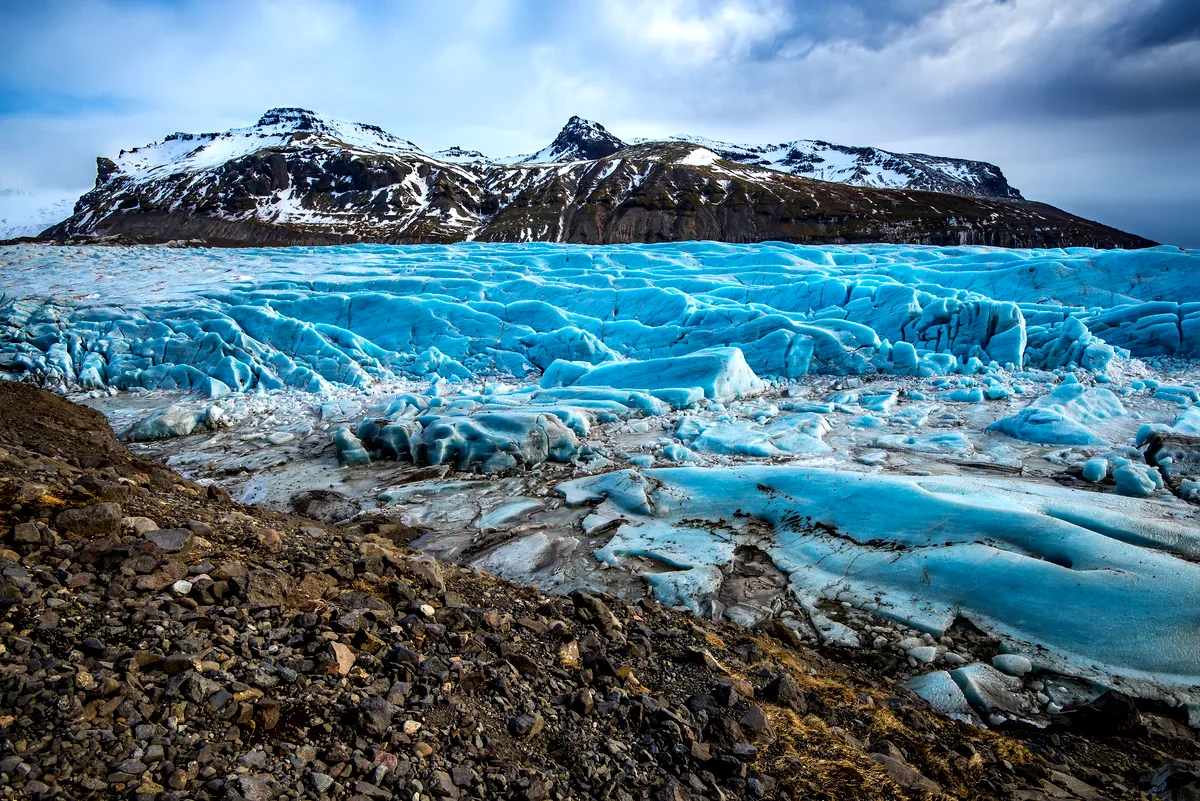
Snæfellsjökull Glacier
Snæfellsjökull Glacier can be found on the tip of the Snæfellsness Peninsula. At a height of 1446 meters, it can actually be seen from the capital city of Reykjavik on a good weather day. The glacier is over 700 000 years old and covers a volcano, but even though it’s still considered active, it hasn’t erupted in over 1800 years.

Eyjafjallajökull Glacier
This glacier can be found just north of Skogar in the south of Iceland. If the name sounds familiar, it’s for good reason. Eyjafjallajökull is the name of a volcano that caused quite a bit of trouble all across Europe during its 2010 eruption - from evacuations to flights stranded all over Europe due to the thick cloud of ash and smoke.
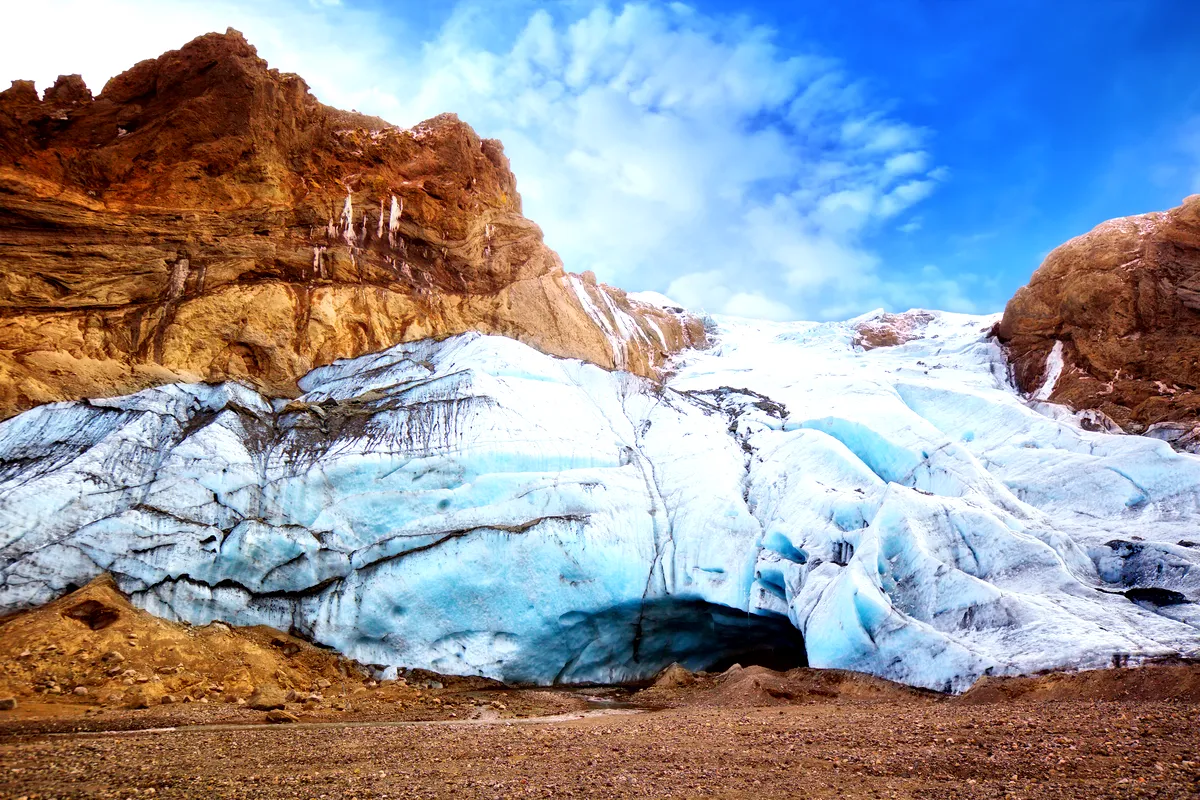
Needless to say, Eyjafjallajökull Glacier is the ice cap covering this troublemaker. It is the 6th largest glacier on the island, clocking in at 1666 meters high and covering more than 100 square kilometers.
Langjökull Glacier
Langjökull Glacier can be found in the Highlands in the west of Iceland. The name translates to ‘long glacier’, and it is officially the second-largest here on the island, clocking in at an astounding 935 square kilometers.
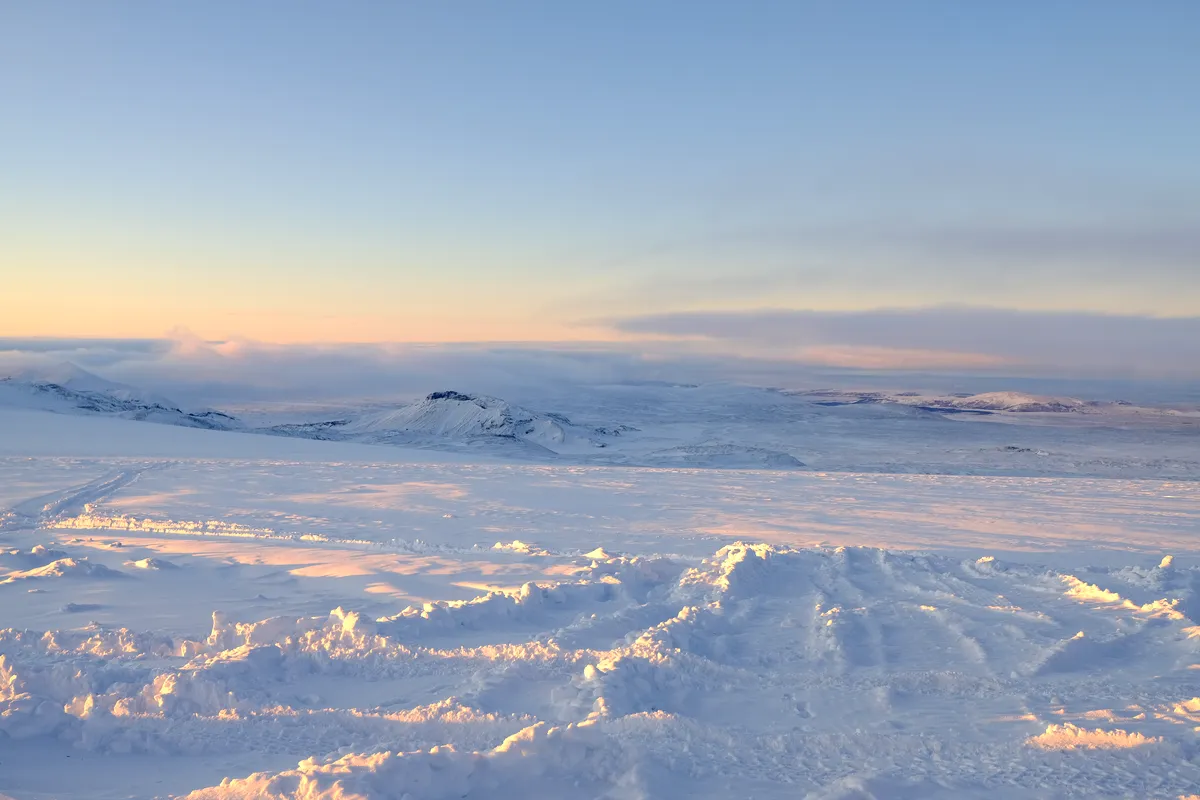
Breidamerkurjökull Glacier
Breidamerkurjökull can be found in Vatnajökull National Park and is the infamous glacier you can get within touching reach of while on a boat tour at Jökulsarlon Glacier Lagoon. This glacier is also where many of the icebergs in the lagoon and washed ashore on Diamond Beach come from.
Myrdalsjökull Glacier
Myrdalsjökull can be found just north of Vik I Myrdal in southern Iceland. It has claimed the official title of the fourth-largest glacier in Iceland, covering roughly 600 square kilometers.
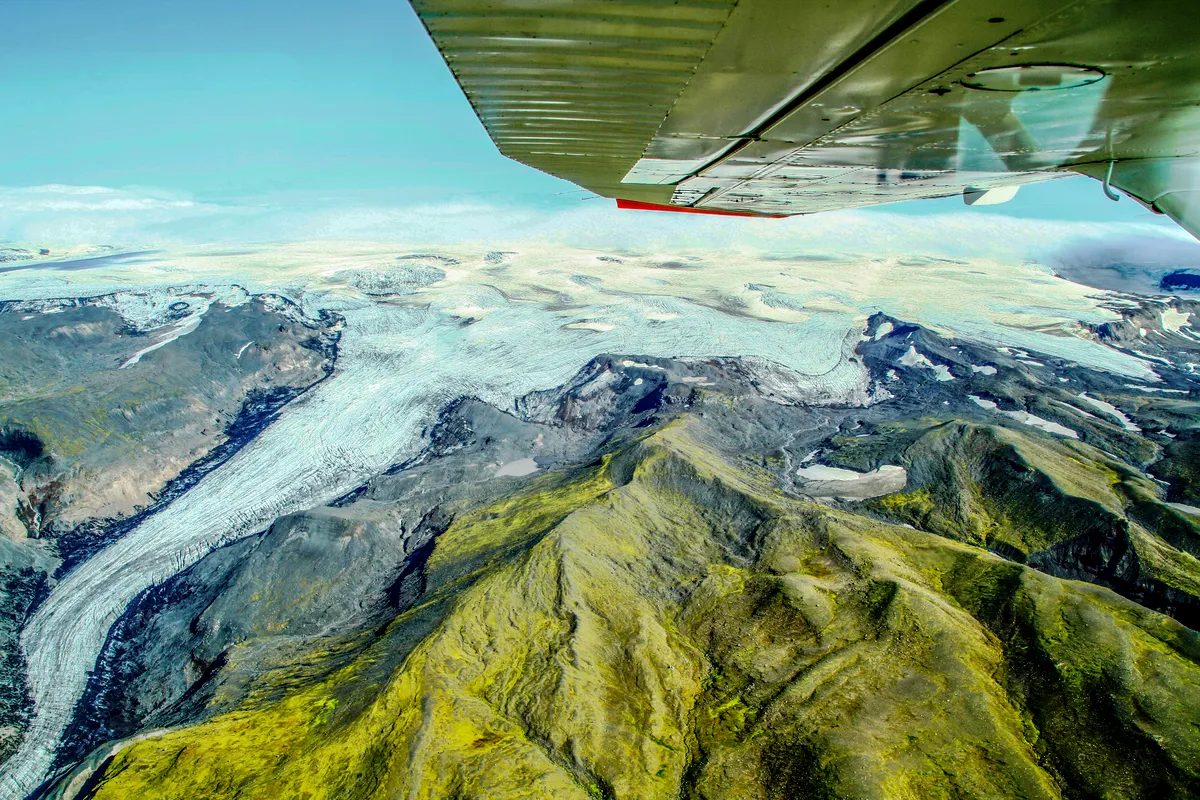
Solheimajökull Glacier
Solheimajökull can be found near Vik I Myrdal in southern Iceland. This is a bit of a Russian Doll glacier situation since Solheimajökull is the glacier tongue of the glacier tongue Myrdallsjökull.
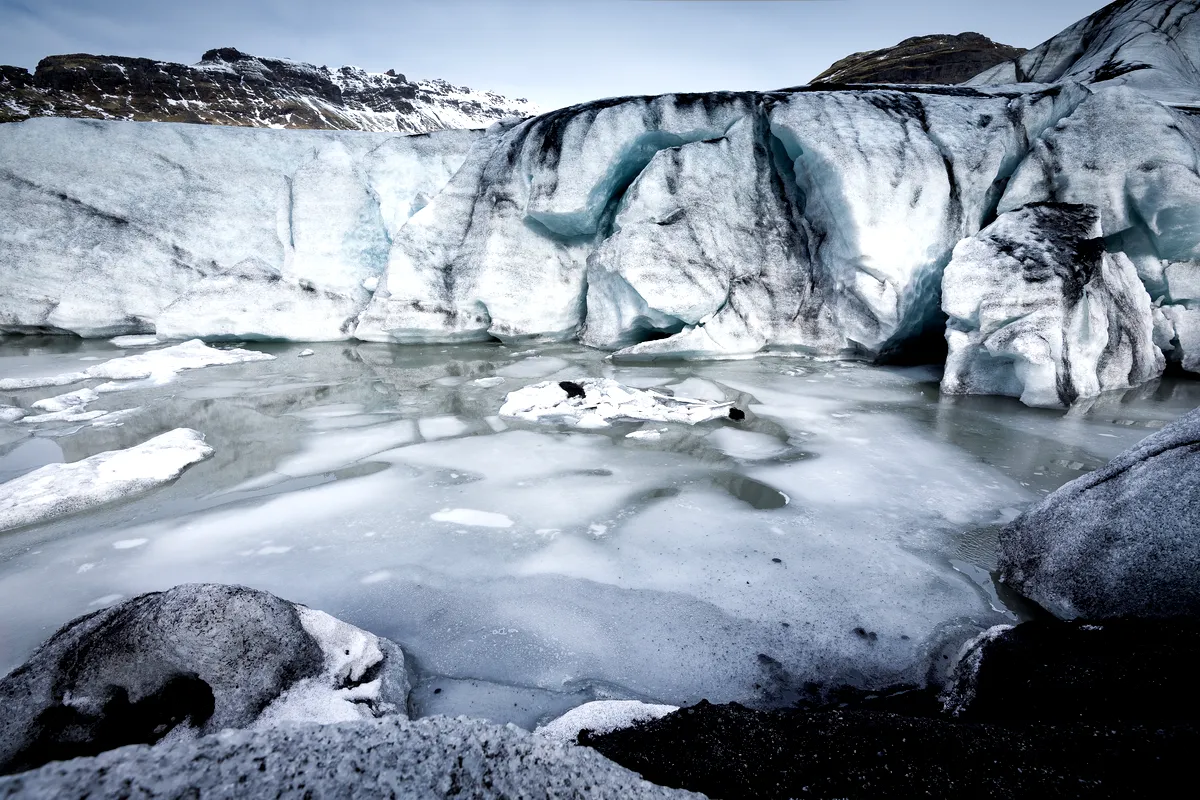
Svinafellsjökull Glacier
Sitting on the southern tip of the Skaftafell National Park (now part of Vatnajökull National Park), this glacier is known for its incredible views, interesting formations, and exciting activities such as the glacier hikes.
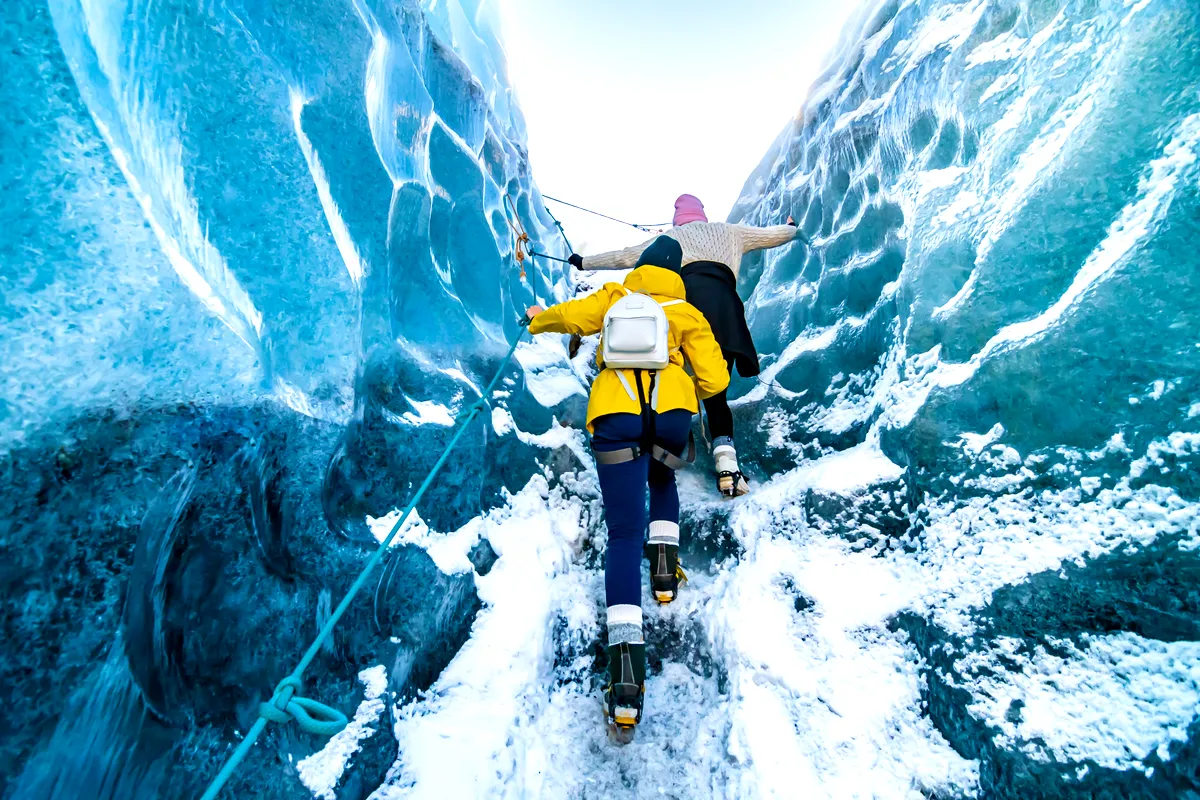
Honorable Mentions: The Other “Tentacles” of Vatnajökull Glacier
There are quite a lot of other Vatnajökull “tentacles”. These include:
- Fallsjökull Glacier
- Fjallsjökull Glacier (not to be confused with Fallsjökull)
- Drangajökull Glacier
- Skaftafellsjökull Glacier
- Eirkiksjökull Glacier
- Kviarjökull Glacier
- Hoffellsjökull Glacier
- Skeidararjökull Glacier
- Sidujökull Glacier
- Bruarjökull Glacier
- Steinsholtsjökull Glacier
- Dyngjujökull Glacier
Things to Do at the Glaciers in Iceland
As we already touched on, you will find plenty of exciting activities on, and ways to explore, the glaciers in Iceland. Just keep in mind that most activities on the ice will require you to book a spot on a guided tour due to safety reasons. The following are a few of the icy adventures you can participate in at the glaciers:
Glacier Hikes
These glacier walks in Iceland are very popular among visitors. Traversing these icy landscapes on foot is an other-worldly experience. All gear will be provided by the tour operator, but just double-check regarding age restrictions if you have smaller children in your party.
Snowmobile Rides
This should get your adrenaline pumping. Gliding across a glacier on a snowmobile is definitely a once-in-a-lifetime experience. These tours usually consist of a small group with a guide, although many tour operators also have the option of private tours.
Super Jeep Drives
The Super Jeeps are absolute beasts! These gigantic apocalyptic-looking 4x4 vehicles almost seem too big for traversing ice, but one needs to remember that glaciers are hundreds of meters thick. This is a great option if you just want to sit back, relax, watch, and learn all about the intriguing icy landscape passing by your window.
Ice Climbing
Once again, all gear and accessories will be provided by your tour guide. Ice climbing on a glacier is a pretty interesting activity since it might not be what you expect. You will climb anything and everything from ice formations to frozen waterfalls (the latter being only available during the winter season).
Ice Cave Exploring
This is also a seasonal activity since most of the ice caves are kept closed throughout the warmer months of the year. But going on one of these tours to explore the icy caverns is an amazing experience.
Just imagine walking through a bright-blue yet translucent tunnel where black streaks of ash from eruptions thousands of years ago can still be seen. Stalactites dangle from the “roof” like chandeliers, and stalagmites rise from the “floor” like mini-cities. It’s simply magical!
When is the Best Time to Visit the Glaciers?
Despite what most would assume, the glaciers are open all year round, and the tours and glacier guides in Iceland also operate all year round, except for a few seasonal activities that might not be available when you visit.
Although Iceland’s glaciers are open to visitors in summer, you might not be able to visit an ice cave or climb a frozen waterfall since it’ll be too warm (ironic to say on an icy glacier, we know). The benefits of visiting the glaciers in the warmer months of the year are nice and mild weather conditions as well as plenty of daylight hours to do all your exploring.
The colder months bring along a few extra experiences during glacier trips in Iceland, but you’ll have less time to do it in, and your plans might be foiled by Iceland’s weather conditions. Depending on which glacier you’re planning on visiting, you may also need to take our annual road closures and the road conditions into consideration (especially if you are a nervous driver or not used to dealing with ice and snow on the road).
The Glaciers and Iceland’s Geography
Iceland’s glaciers have played a big part in shaping the Icelandic landscape we see today, mostly because of the clash between the opposing elements: fire and ice. The remnants of the volcanic activity on the island can be seen all across the island in the form of basalt rock cliffs, barren lava fields, black sand beaches, and more, but other remnants may not be so easy to see when it comes to the glaciers.
Many past eruptions have caused major glacial flooding. While these floods completely destroyed villages and farms in later years, they also played a big role in creating certain landscapes and attractions. For example, some of these floods created canyons, such as the famous Asbyrgi Canyon.
The Impact of Climate Change on Iceland's Glaciers
Today, although there will always be the risk of a flood caused by another eruption, the biggest threat to our glaciers comes in the form of global warming. Although the glaciers have always been steadily melting and receding, global warming has dramatically increased the pace at which this is happening.
In fact, according to recent projections using the current rates (which can be the glaciers receding up to 100 meters per year!), there will be absolutely no glaciers left in Iceland in about 200 years. By 2100, they will already be only half of what we see today.
The Effects of the Melting Dilemma
It might not sound like such a big deal if the glaciers melt. After all, who would really miss them, right? It’ll be sad to lose such incredible natural wonders offering breathtaking views and exciting activities, but, surely, all we’ll be doing is grieving the loss of another amazing thing that once graced the earth? Wrong. The effects of the melting dilemma are immense and can have very serious consequences. These include:
Rising Sea Levels
Countries and cities disappearing are not just something apocalyptic movies concocted. This will be a reality for many once sea levels have risen. The first country to go would be Iceland itself, which is predicted to then be under at least 30 meters of water. Other places that would be impacted (and not just due to Iceland’s glaciers melting) include the Marshall Islands, the Maldives, Greenland, etc.
Hazardous Materials Released
These glaciers consist of condensed layers of ice, each hundreds and thousands of years old. These layers have captured hazardous material for millennia, whether things such as dangerous gasses and pollution or bacteria, viruses, etc. Once the glaciers have melted, all of this would be released into the air, and we would have to deal with the aftermath thereof - whatever that may be.
Ocean Acidification
Without the incredible ice barrier these glaciers bring between the sea and the air, the ocean will absorb CO2 from the atmosphere at an alarming rate, causing ocean acidification. This will be devastating to the marine ecosystem and will impact everything from just the marine life and species that will continue to live on for future generations to enjoy, as well as our own food supply.
From Mitigation to Adaptation: Iceland’s Policy Shifts and Initiatives to Combat the Melting Glaciers
Icelanders do not take global warming and its adverse effects on our environment lightly, and we have already started implementing certain policies and initiatives in an attempt to combat the dire situation.
The country aims to cut greenhouse gas emissions by at least 40% by 2023 and, ultimately, reach carbon neutrality by 2040 (according to the Paris Agreement). Iceland also has a Climate Action Plan with over 48 actions, which will help the country reach its goals, and the Environment Agency of Iceland is at the helm of measuring and reporting on the country’s greenhouse gas emissions and the afforestation carbon uptake.
The latter has been of great concern to Iceland since the entire island was almost completely deforested by the Vikings-of-old, as they used the timber for everything from their houses to their boats and cooking fires. Without forests and other forms of vegetation, one sits with a major issue, as no carbon emissions can be properly managed. That’s why Iceland started with intense afforestation efforts, the reclamation of wetlands, as well as refocusing on soil conservation.
Visit the Glaciers in Iceland Responsibly
It is up to all of us to enjoy the glaciers responsibly and play our part in their conservation as well as combatting the effects of global warming. When you rent a motorhome with Motorhome Iceland and are traveling around the island, be sure to stick to the designated roads, and don’t park or drive where you will damage the local ecosystem, fauna, and flora.
Also, ensure that you only leave your footsteps behind – whether you’re hiking a glacier or just walking down the street. On your trip, you can also find out if there are any organizations promoting the preservation of the glaciers to which you would like to make a donation or support in other ways (every little bit helps). Let’s all work together to reset the timer on our glacier’s demise and keep on enjoying these breathtaking wonders for many more years to come.
